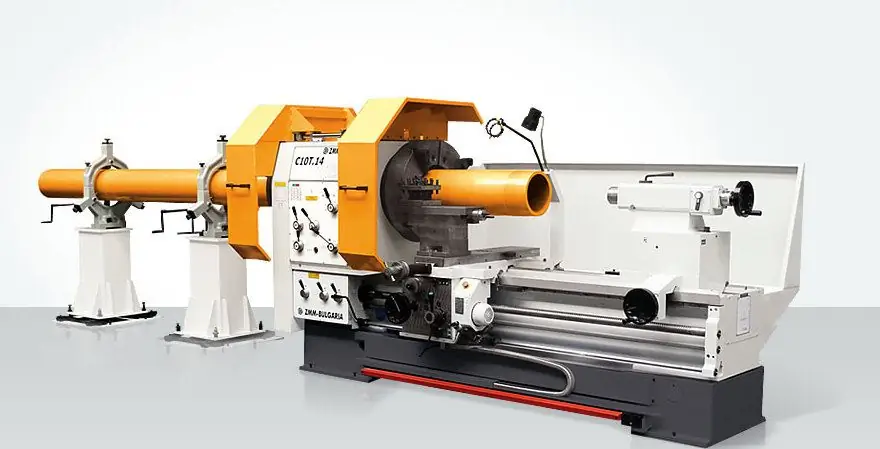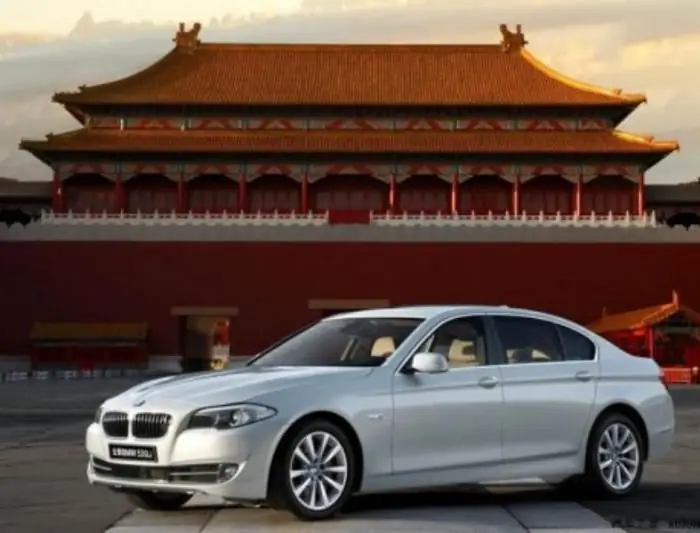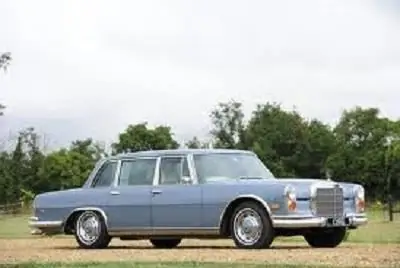2026 Author: Howard Calhoun | [email protected]. Last modified: 2025-01-24 13:10:41
Freight wagons are designed in such a way that in the future the transported raw materials and products remain intact. In addition, such railway equipment should be assembled in such a way that transportation can be carried out as quickly as possible. There are several types of freight wagons. Transportation can be carried out, for example, by hoppers or on platforms. All these models have different specifications. Gondola cars are universal, however, at the moment they are the most common variety on the railways, used everywhere.
Design Features
The main distinguishing features of this type of wagons are the absence of a roof and high sides. In this case, the transported goods are poured or stacked in the body from above - using special equipment. Today, a special type of gondola cars equipped with a removable roof is often used on Russian railways. The advantage of such models is the convenience of loading, combined with the possibility of transportation, including those sensitive toadverse weather conditions of products or raw materials.

What can be used for
Gondola cars are intended for transportation, first of all, bulk and piece cargo. It is allowed to transport in them also small-sized and packaged. So, for example, in gondola cars such bulk cargoes are often transported, such as:
- iron ore;
- rubble and gravel;
- waste rock (for dumps);
- coal;
- logs and lumber;
- grain of rye, wheat, etc.
It is for the transportation of such goods that models without a roof have suitable specifications. Gondola cars are usually designed for a track of 1520 cm, and therefore they can only be operated in Russia and in the countries of the former CIS.
Common patterns
To date, several types of universal gondola cars are used on Russian railways. The marking of each of them usually contains the number 12. It denotes a gondola car. Models can differ in different ways: maximum load capacity, volume, length, design speed, service life.
Specifications
First of all, its performance depends on the parameters of a gondola car. In the table below, you can see which particular model has technical characteristics. The gondola cars discussed in it are most often used on Russian railways.
| Model | Capacity (tonnes) | Body volume (m3) | Maximum tare (tonnes) | Axis length (mm) | Axis height from rail level (mm) |
| 12-70-39 | 75.5 | 90 | 24.5 | 13920 | 1060 |
| 12-7023-02 | 70.3 | 90 | 23.5 | 13920 | 1060 |
| 12-7023-01 | 70.5 | 83 | 23.5 | 13920 | 1060 |
| 12-9765 | 65 | 90 | 29 | 17040 | 1060 |
| EAOS | 58 | 71.5 | 20.8 | 14400 | - |
| 2-7019 | 72 | 77.5 | 22 | 13920 | 1060 |
| 12-764 | 70 | 74 | 23.5 | 13720 | 1060 |
The size of a gondola car, as you can see, can vary significantly. Depending on theThis or that model can be used to transport different volumes of cargo. The performance of gondola cars, however, practically does not depend on this indicator. The main influence on the economic profitability of using a particular model has a completely different factor. The performance of a wagon is determined primarily by its carrying capacity.

Brakes all such models are equipped with not only pneumatic automatic, but also manual parking. Also, in most cases, gondola cars have an automatic coupler designed to fasten train units without human intervention.
Body structure
Special requirements are imposed on the technical characteristics of this main part of the gondola car. The frame of the bodies of models of this variety is strengthened by a spinal (passing along the central axis) beam, consisting of two Z-shaped profiles welded together. A cargo gondola car is usually made of metal. At the same time, its casing has trough-shaped stampings. The gondola car body sides are reinforced with a special frame, consisting of upper and lower rails, corner, intermediate and pivot posts.
The car body frame rests on the running gear. On it, among other things, elements of brake equipment and shock-traction devices are placed. The car body usually has two end doors. They are necessary, first of all, to facilitate the work of loaders. The latter, in the presence of such an addition, have the opportunity to call directly inside the gondola car. In addition, through the doorsSelf-propelled vehicles are often loaded on coast.
The bottom of gondola cars is usually equipped with loops, brackets and hooks designed to secure cargo. These elements allow you to deliver goods to their destination safe and sound.

Loading and unloading hatches for gondola cars
Lumpy raw materials are poured into such cars, as already mentioned, from above. Unloading can be done in two ways. Sometimes it is performed on a special tipper with a receiving chamber. But most often, bulk cargoes are poured through the floor, which is the covers of several hatches. In this case, the wagon is preliminarily driven onto special tracks with receivers on both sides. Next, the lid holders are knocked out to pour the load. Most often gondola cars are equipped with fourteen lower hatches. Sometimes their number is 16. Models equipped with a removable cover also have top hatches. They are used for loading bulk raw materials or products.
Special Purpose Gondola Cars and Hoppers
It is the universal models with unloading hatches that are considered the most convenient to use, as they have excellent technical characteristics. Special purpose gondola cars, however, may also occasionally be used on railways. There are no unloading hatches in such models, and their side walls are deaf. There are also no end doors in their bodies. Such gondola cars are used mainly for the transportation of special cargo on closed routes.

Very often, hoppers are also used to transport raw materials. So called models that look like a bunker. They can also be attributed to one of the varieties of gondola cars. The body of such models is a trapezoidal funnel with hatches located below. The advantages of gondola cars of this type, among other things, include ease of unloading.
Dump trucks (dump cars)
The main distinguishing feature of these models are the low side walls of the body. The dimensions of this type of gondola car are not too large. But if necessary, the sides of the dump cars can be easily folded back. In this case, the wagon platform itself can tilt to the side. As a result, the load is completely poured into the receiver. Body tilt in dump cars is provided by special pneumatic or hydraulic cylinders. Such gondola cars are used mainly in the coal and metallurgical industries. In the first case, overburden rocks are transported on them, in the second - rock or ores. The carrying capacity of dump cars can reach 145 tons or more.
Universal gondola cars: productivity
Today, only four- and eight-axle models of gondola cars run on the roads of Russia and the countries of the former CIS. The second type is, of course, more productive. The carrying capacity of four-axle wagons does not exceed 70-75 tons. The difference in this case can be plus / minus one ton. Some models of eight-axle wagons can be used to transport 130 tons of cargo. Sometimes Russian Railways and industrial enterprises operate moremodern expensive universal gondola cars designed for 200 tons.

Tara
This concept means the weight of an empty gondola car. This indicator depends mainly on the number of axles of the model, as well as on the volume of its body. Most often, gondola cars weighing 21-22 tons are used on railways. However, there are also heavier models, weighing 29-43 tons.
Which factories are manufacturing
The first universal gondola cars appeared in Russia in 1861. They were bought abroad for the Grushevskaya railway and were intended for the transportation of coal. Subsequently, the engineers of Russian factories copied their design, and the same cars began to be produced directly in our country. Today, 11 large enterprises located in different regions of Russia are engaged in the manufacture of such structures.
So, for example:
- The Ural Carriage Works, founded in the 1930s, produces about 17,000 of these models a year.
- Products of the Tikhvin enterprise of this specialization account for 12% of the entire Russian market.
- The production capacity of the Tver plant is designed to produce 1,000 railcars of various designs per year. This enterprise, among other things, also produces passenger cars.
- Kaliningrad Carriage Works has been supplying products to the market for over 150 years. At the moment, he is the only developer and main supplier to the Russian marketdumpcars.

The main supplier of gondola cars to the Russian market at the moment is the Ural Plant (UVZ). In addition to domestic models, Russian Railways are often used and manufactured in Ukraine at the Kryukov enterprise.
GOST requirements
Of course, in the manufacture of gondola cars, like any other equipment, certain standards must be observed. So:
- only low-alloy or anti-corrosion steels may be used for the manufacture of load-bearing structures;
- the braking system of a gondola car must be equipped with composite pads;
- when assembling individual elements, welding methods that comply with regulatory documents must be used.
For painting wagons, according to the regulations, only paints and varnishes specified by GOST should be used. Marking on the body and frame should be applied exclusively in the places provided for by the drawings.
Equipment cost
When purchasing a gondola car, an enterprise usually pays attention to its carrying capacity, ease of use, year of manufacture and service life. Basically, the cost of a particular model depends on these indicators. Wholesale prices for universal equipment start at about 650-700 thousand rubles.
Very often, enterprises do not purchase a railway freight car, but lease it. The cost of such a service is usually about 700 rubles per day.

Package
Together with the gondola itself, the manufacturer, according to the regulations, must supply the buyer with:
- technical passport form VU4;
- instruction manual;
- technical description of the model.
Also, in accordance with the supply agreement, repair documentation and spare parts can be included with the gondola car. Transportation of the purchased equipment to the place of operation is carried out as cargo on its own axles.
Recommended:
Universal lathes: overview, specifications and reviews

For standard operations with workpieces and not only, universal lathes with DRO are suitable. Simplified design and savings on electrics allows you to produce equipment that has a low cost. Sometimes for many customers this is the determining factor
Chinese auto industry: novelties and lineup of Chinese cars. Overview of the Chinese Automotive Industry

Recently, China has been the leader in the global automotive industry. What is the secret of the success of the Chinese state in this difficult segment for the modern market?
Wide selection of cars. Auctions in Germany

German car auctions are the most sought after in Europe. The largest number of transactions take place on them, and the choice of cars here is quite large. And an example of such an auction is the Autobid.de site, which for many years has been the leader among such sites both in Germany itself and in Europe
Luxury tax. List of cars subject to luxury tax

The luxury tax… what is it? The question is interesting. It's a "rich" tax. People have to give a certain amount for the fact that they are we althy and buy expensive cars for themselves. Interesting system. It was introduced in Russia recently. And the list of taxable cars has already amounted to almost 300 models. What are they? How much do they cost their owners? What is this system anyway? Worth sorting out
Universal breakdown installation: overview, features, specifications and reviews

Universal breakdown installation, or, as it is also called, UPU, is an almost indispensable device, especially when it is necessary to work with electrical equipment. The use of the UPU is a guarantee of safety at any start of an electric machine, which is characterized by very high voltage, as well as very high power

